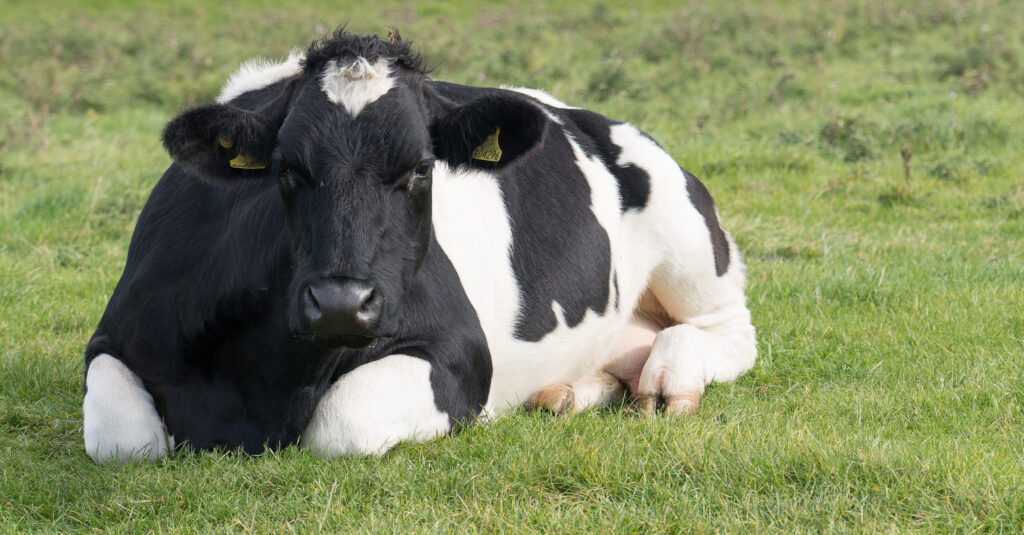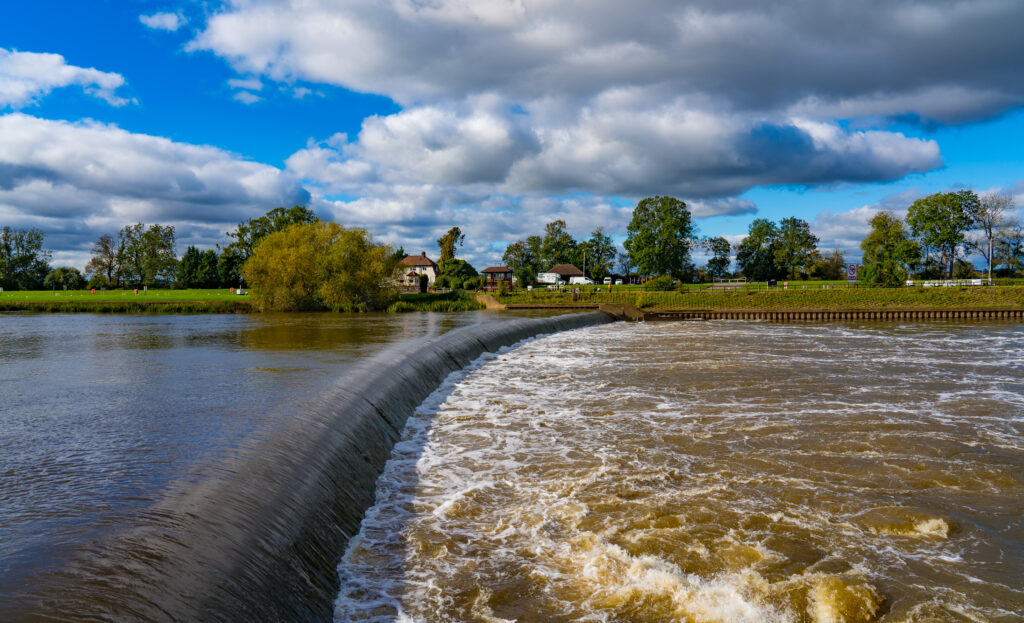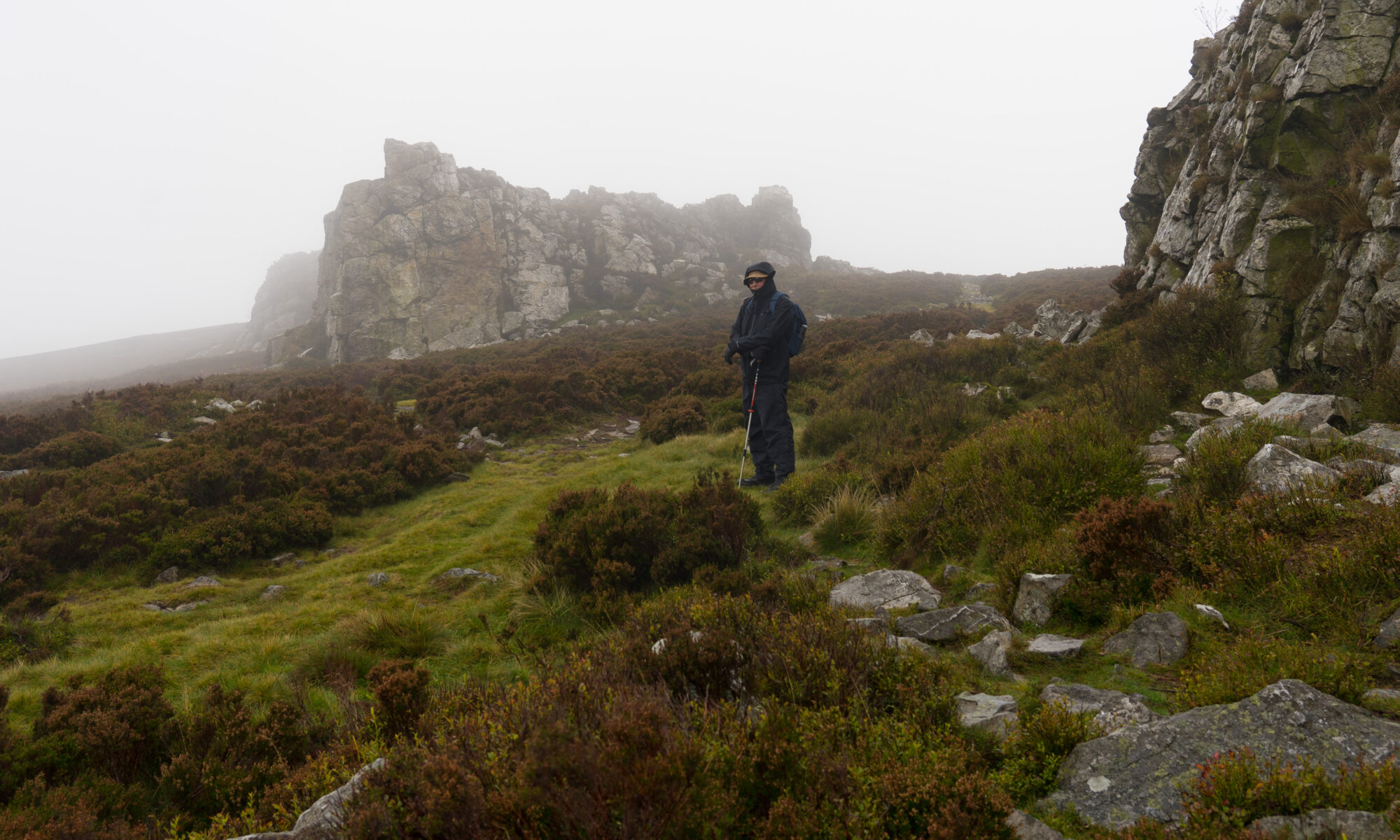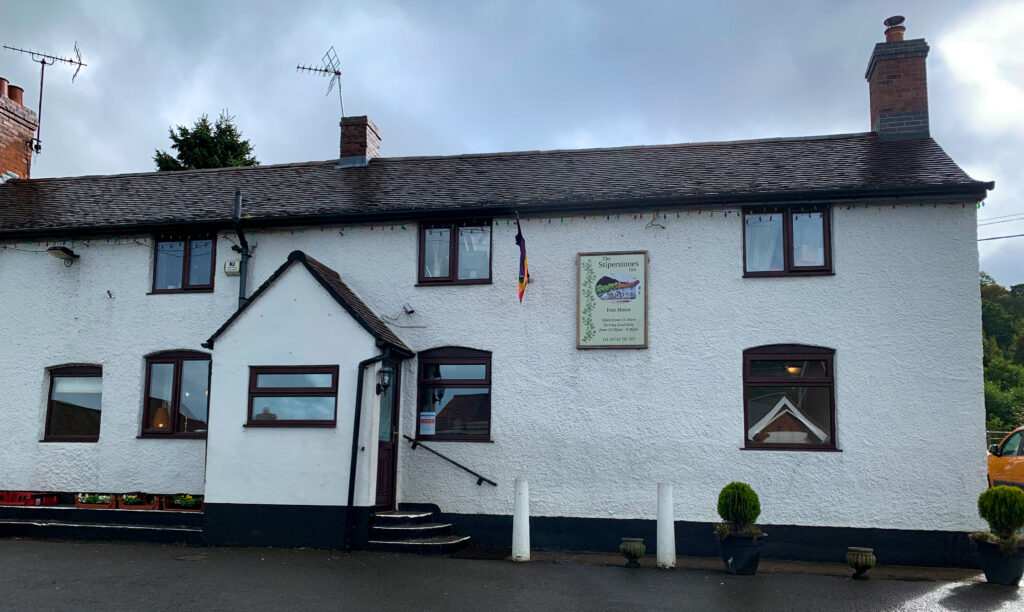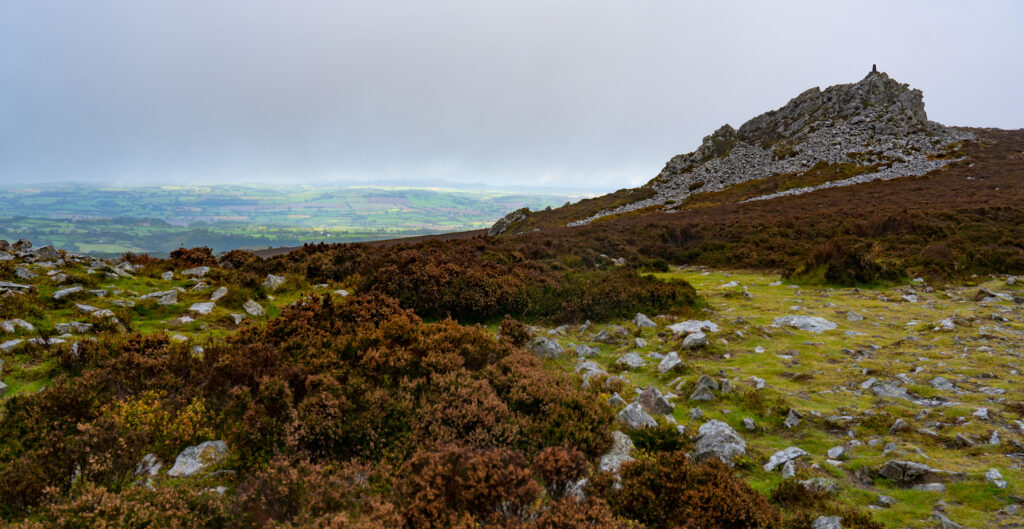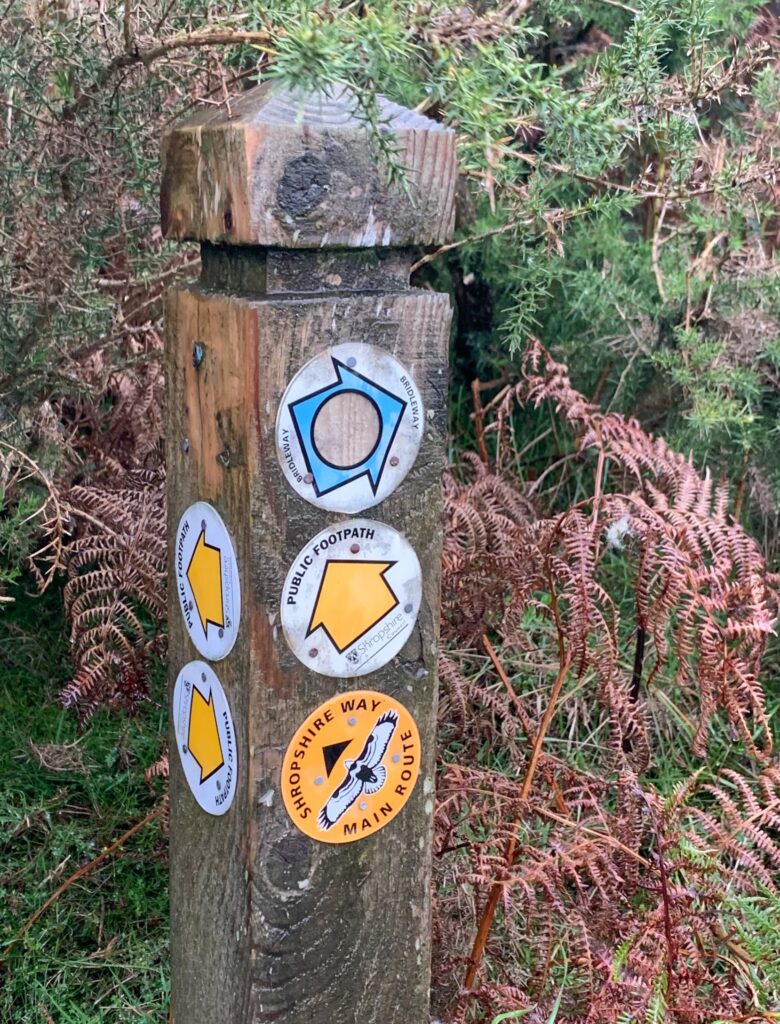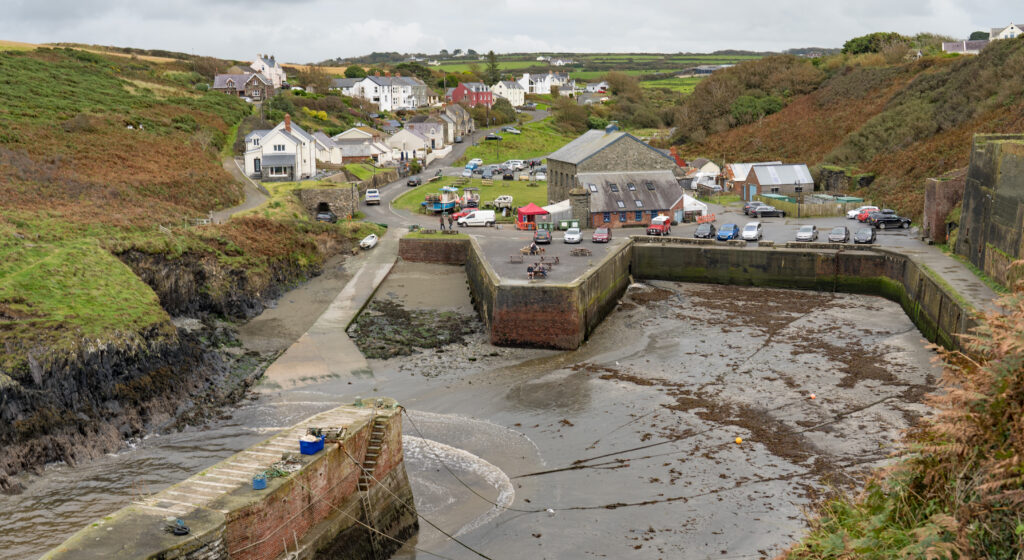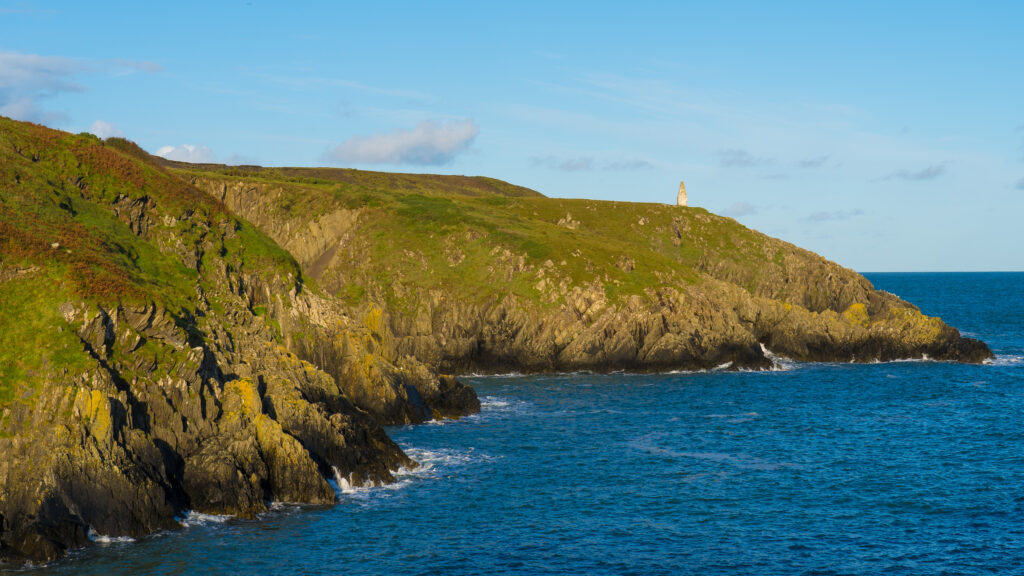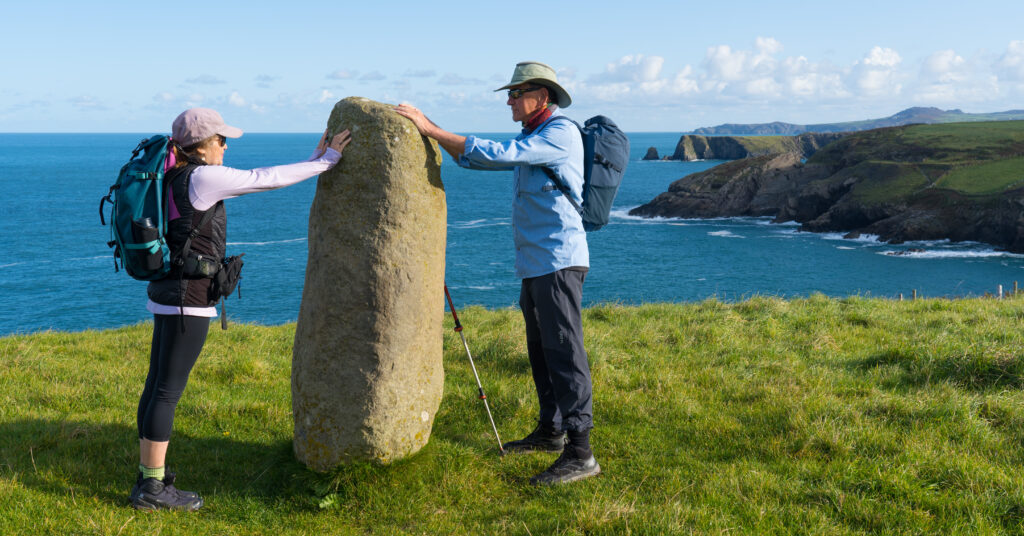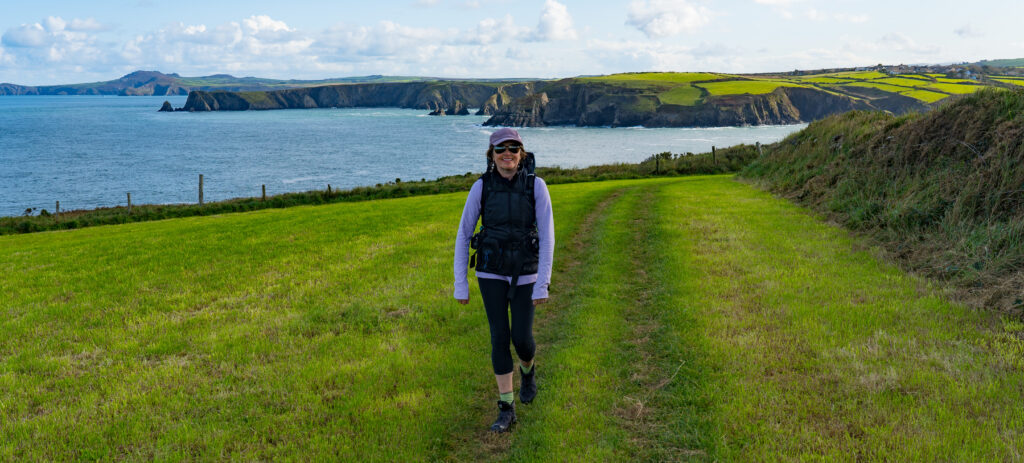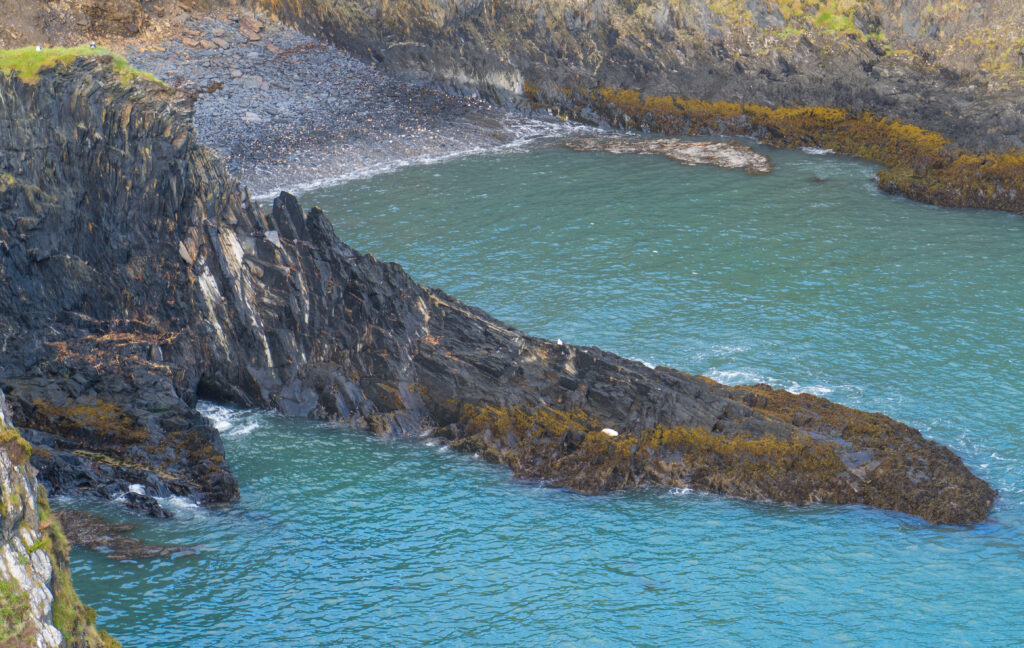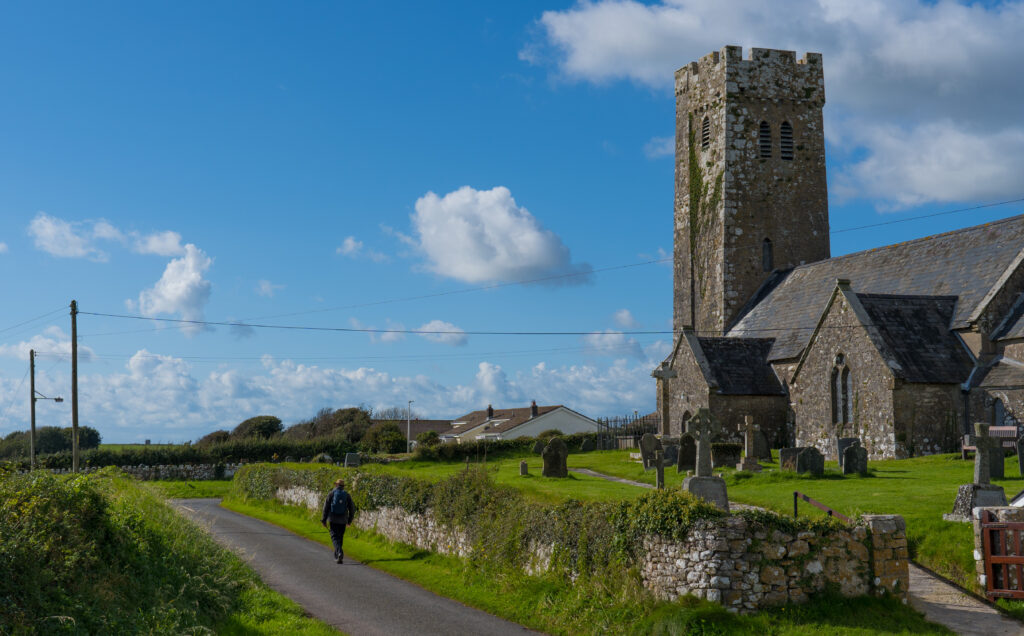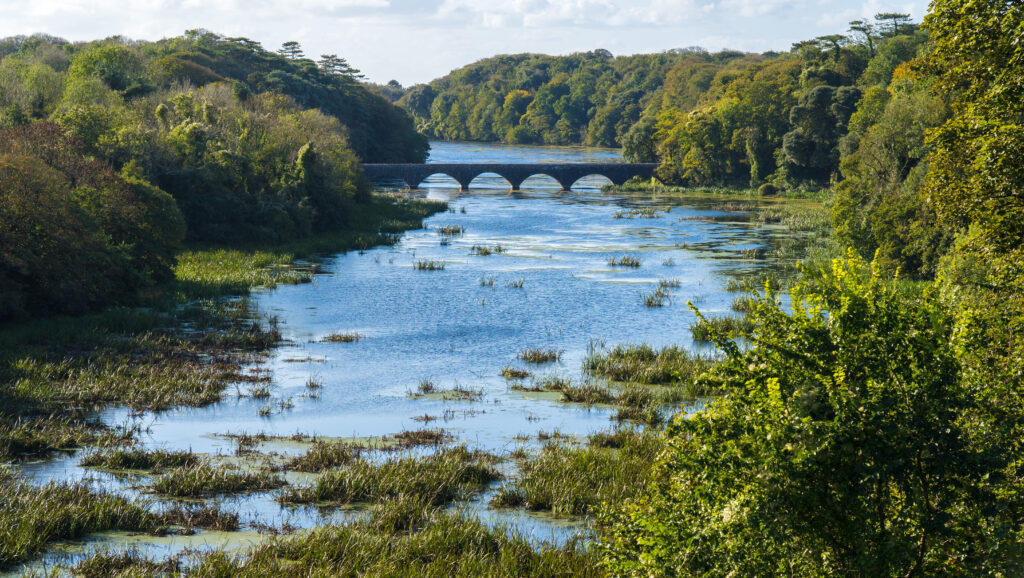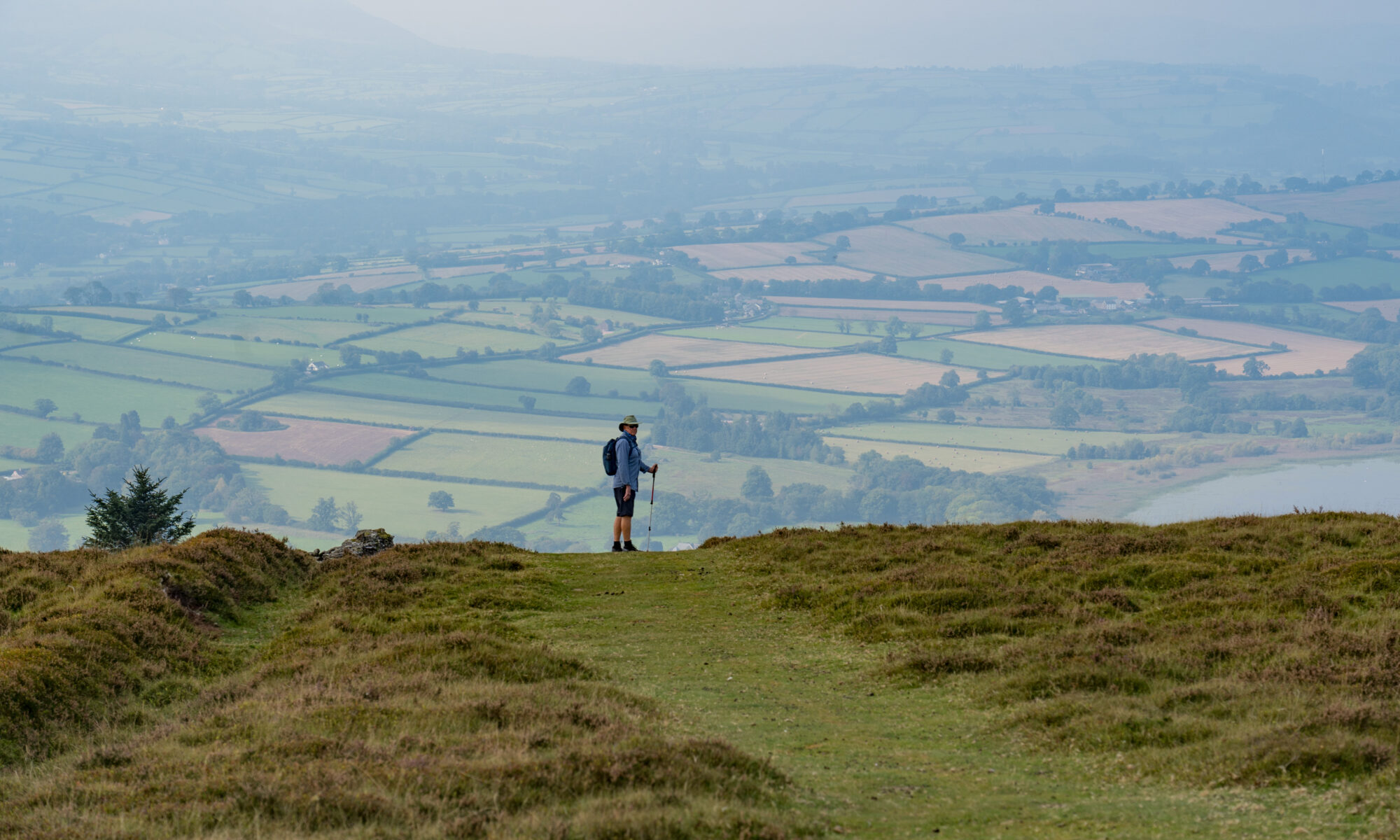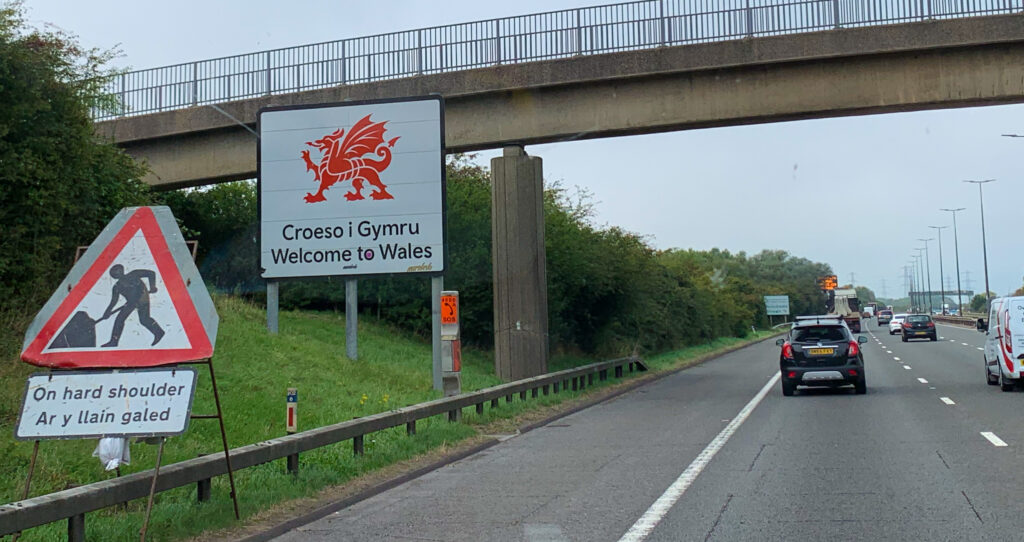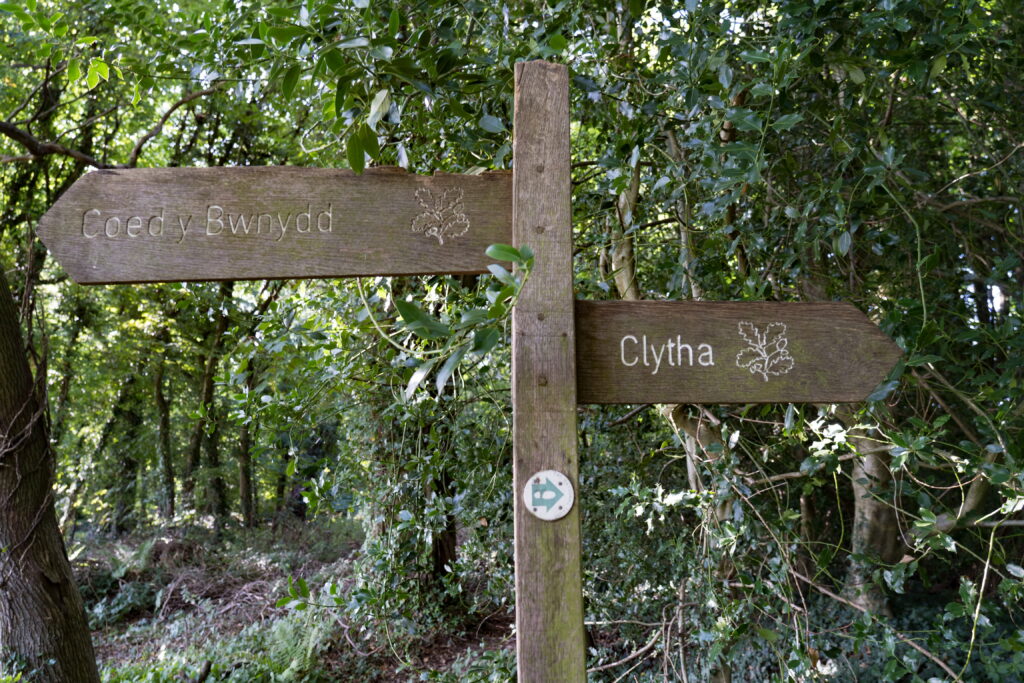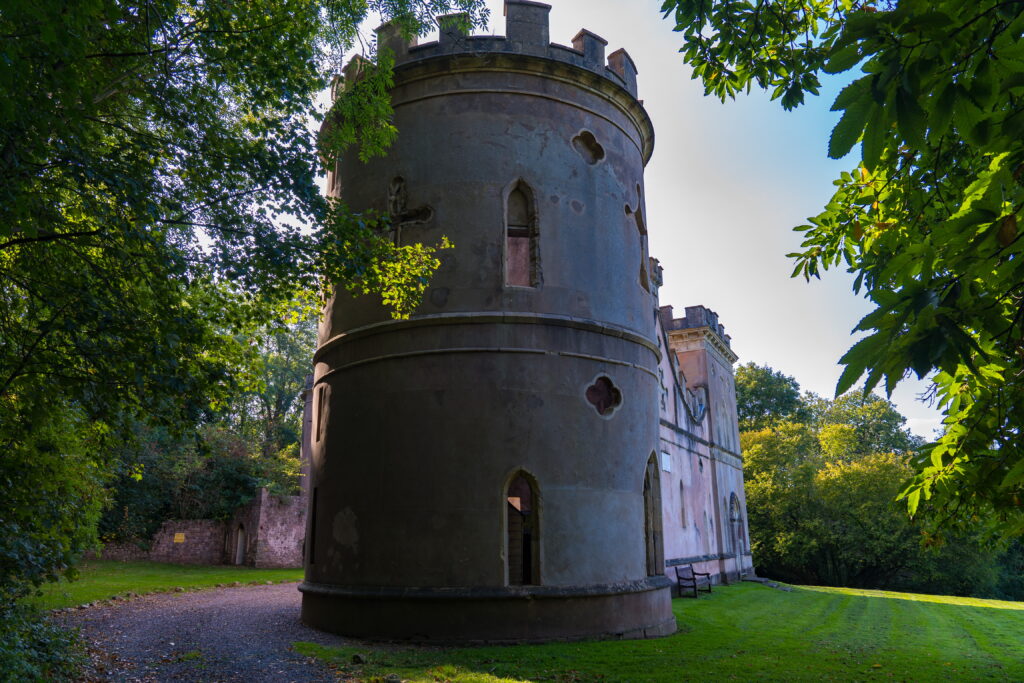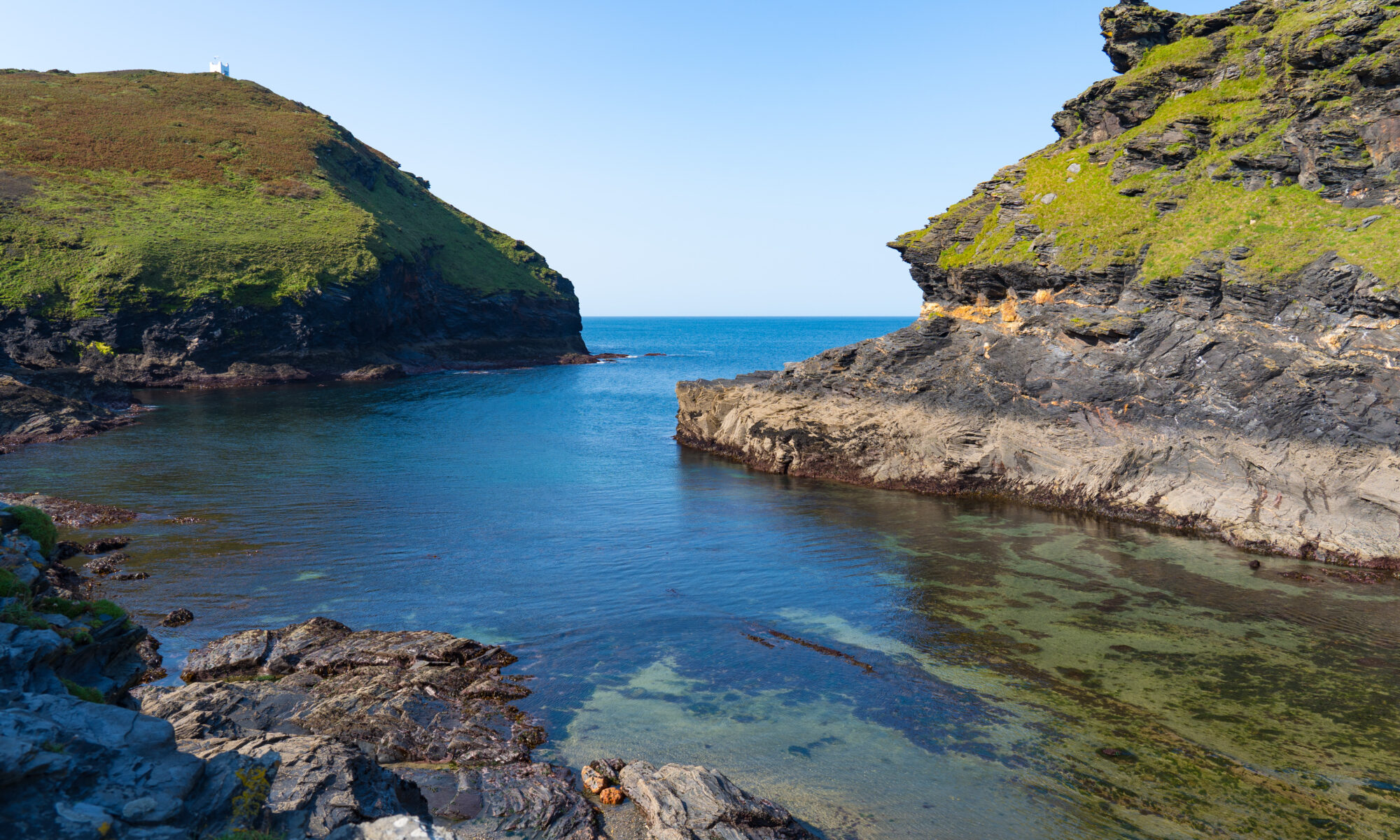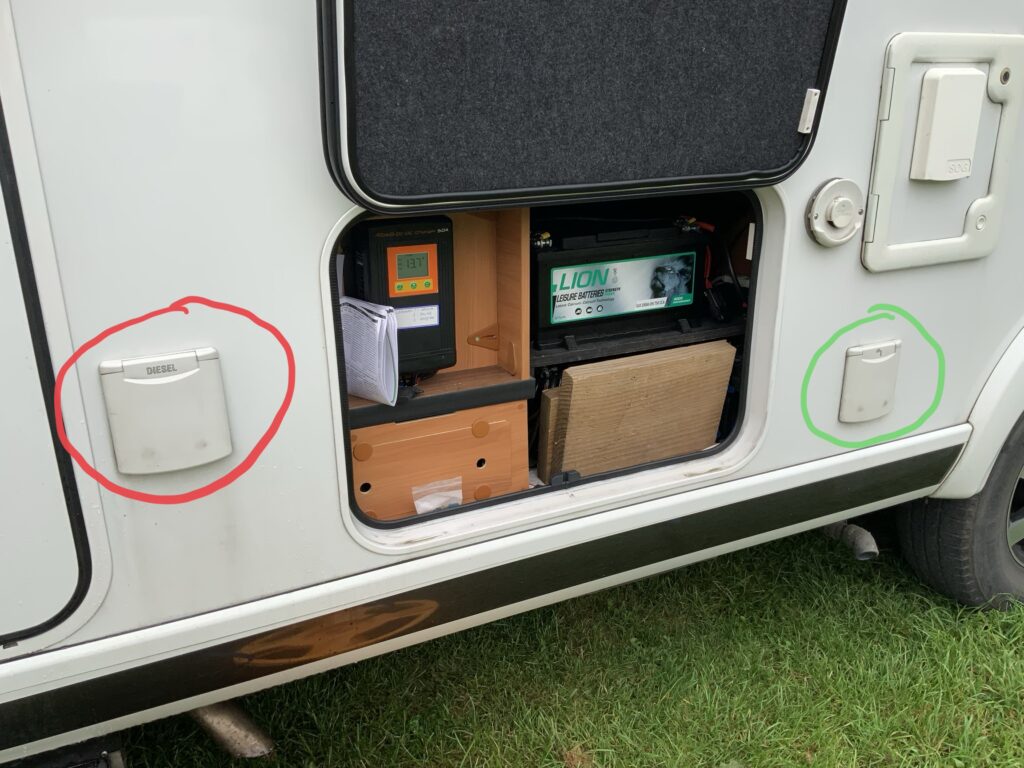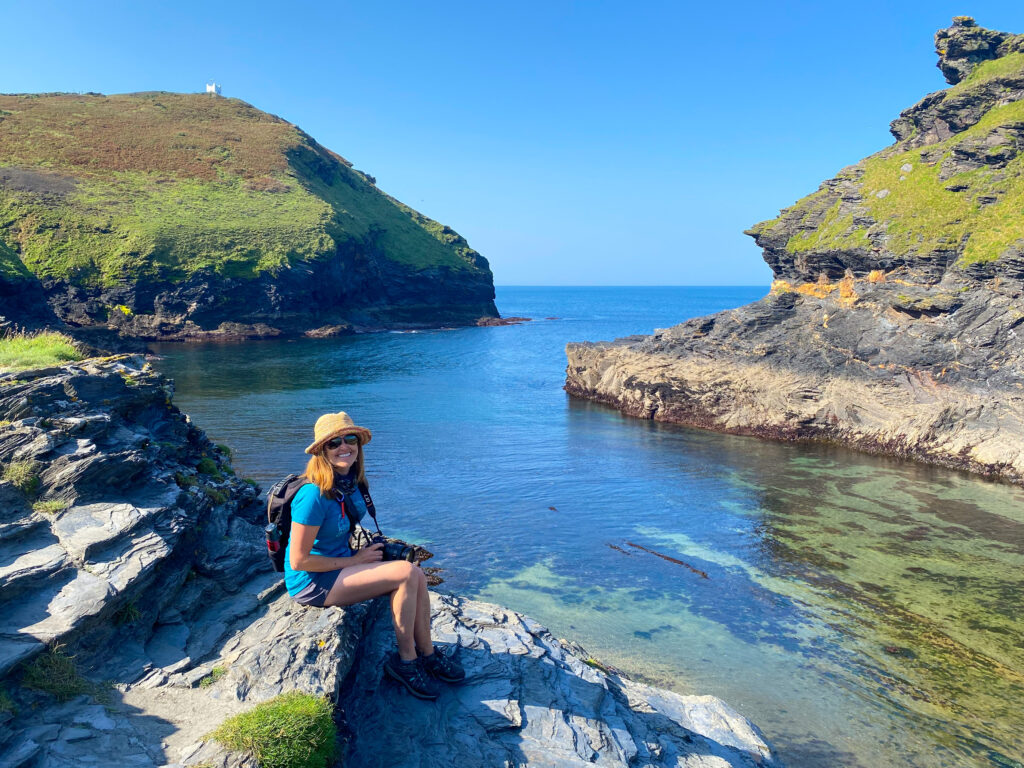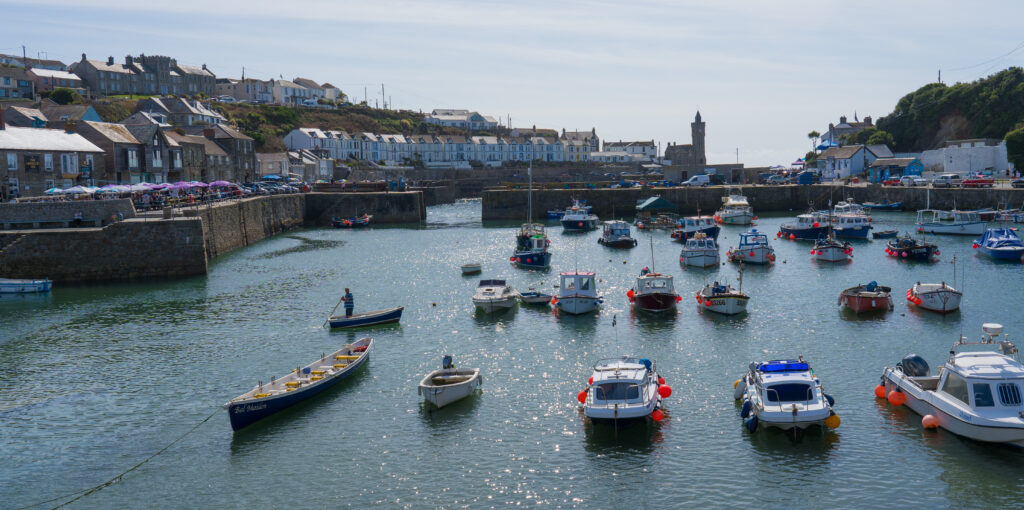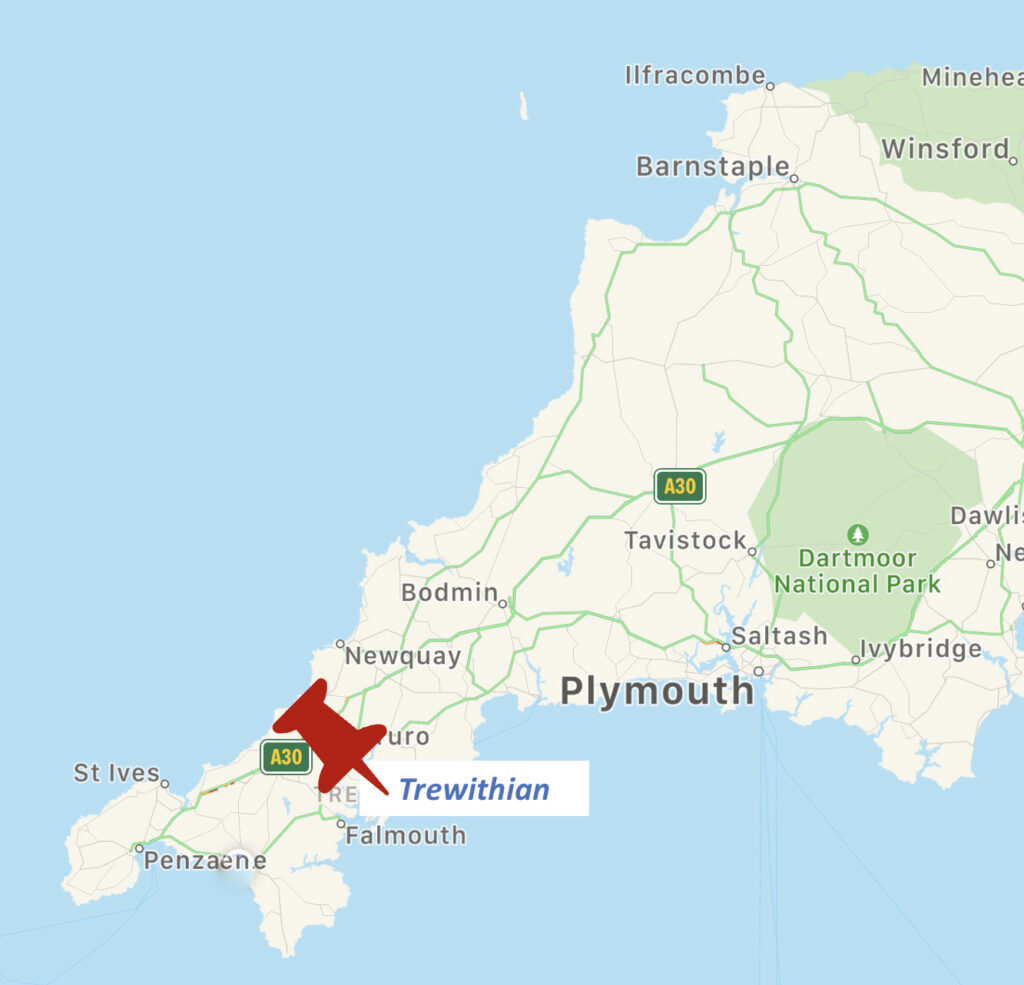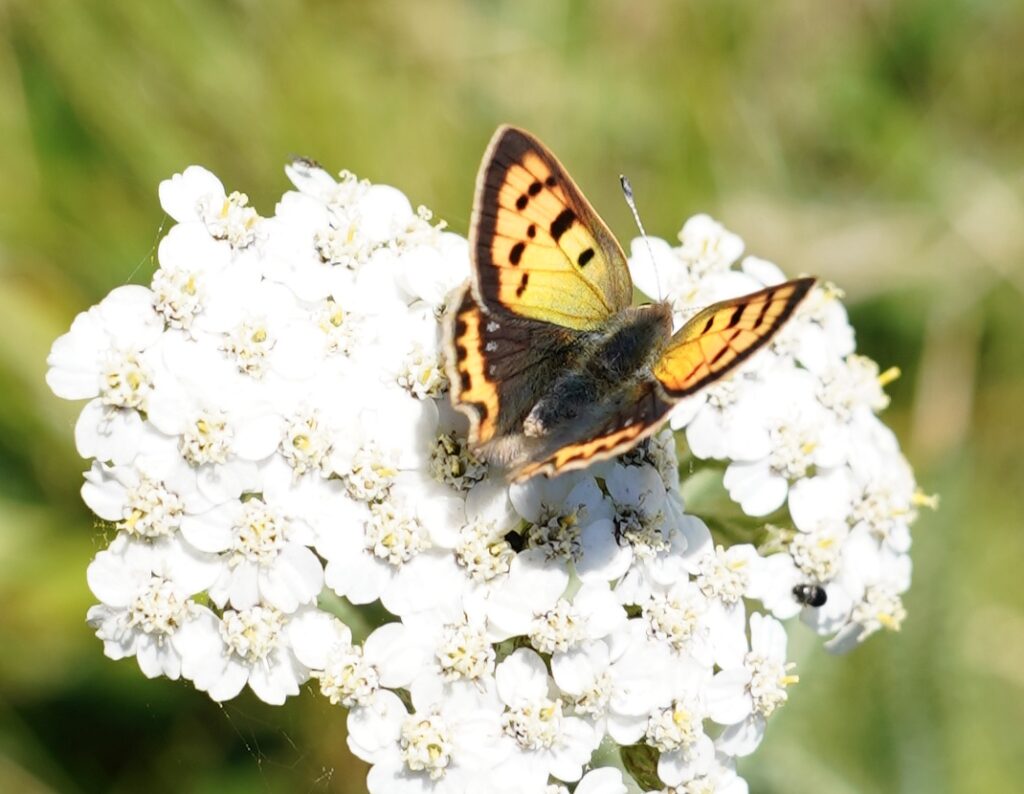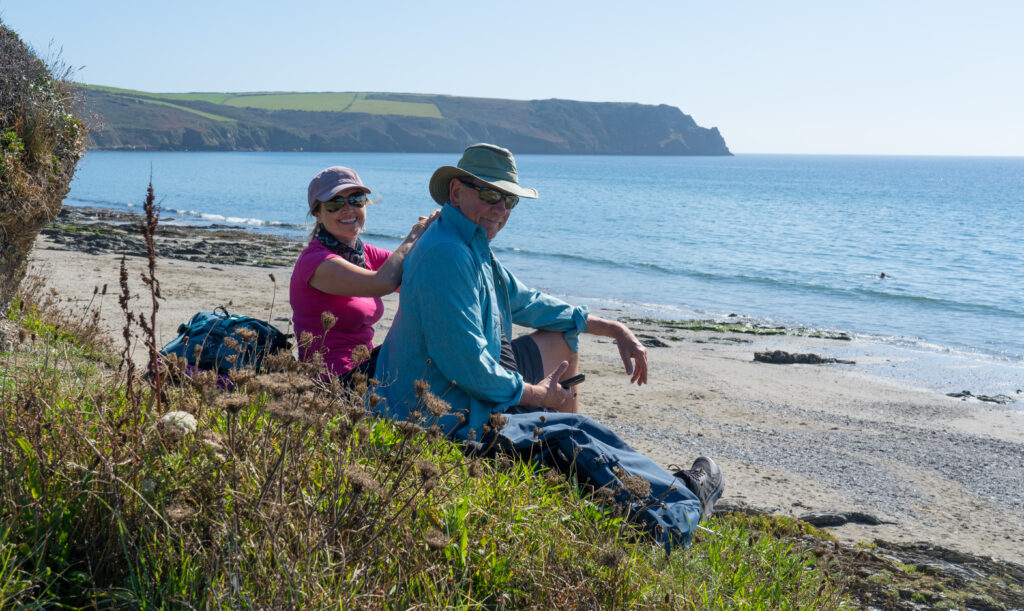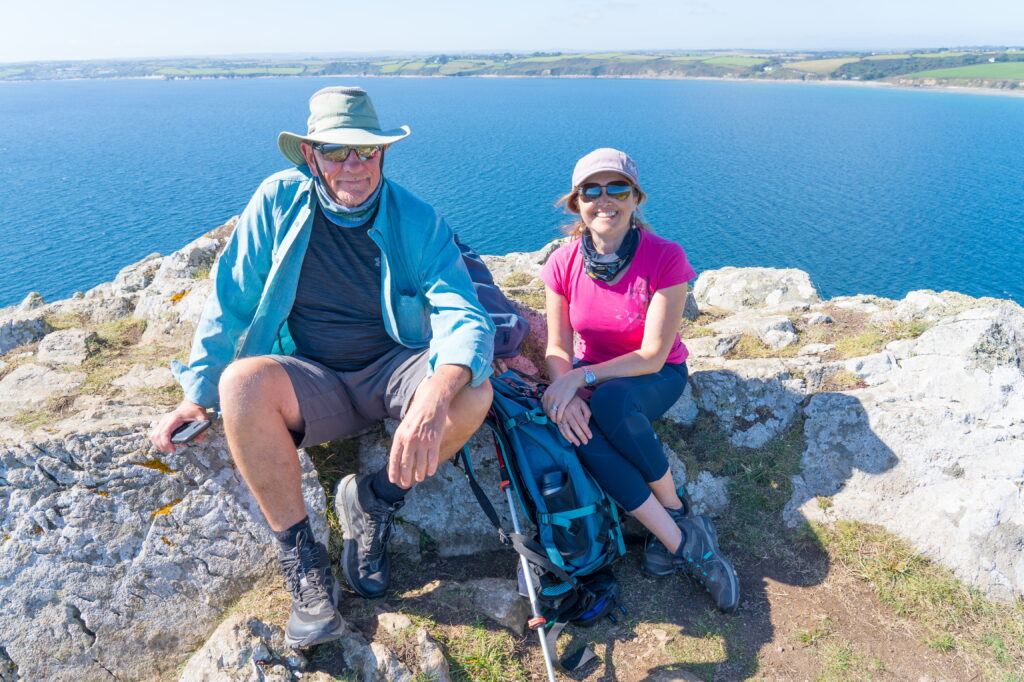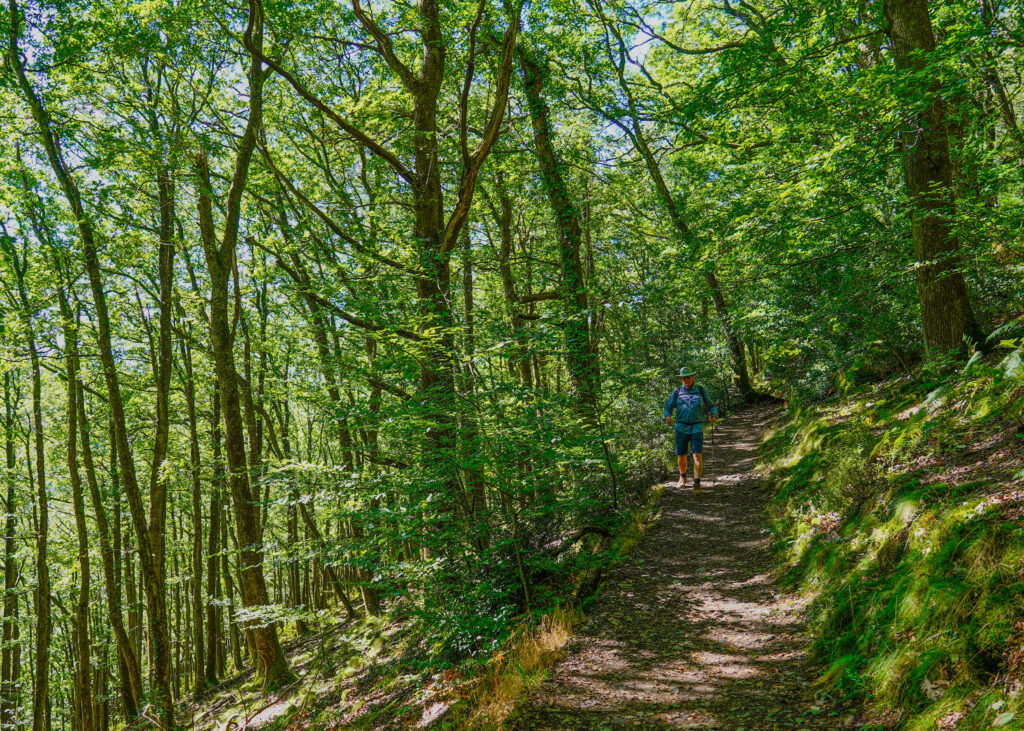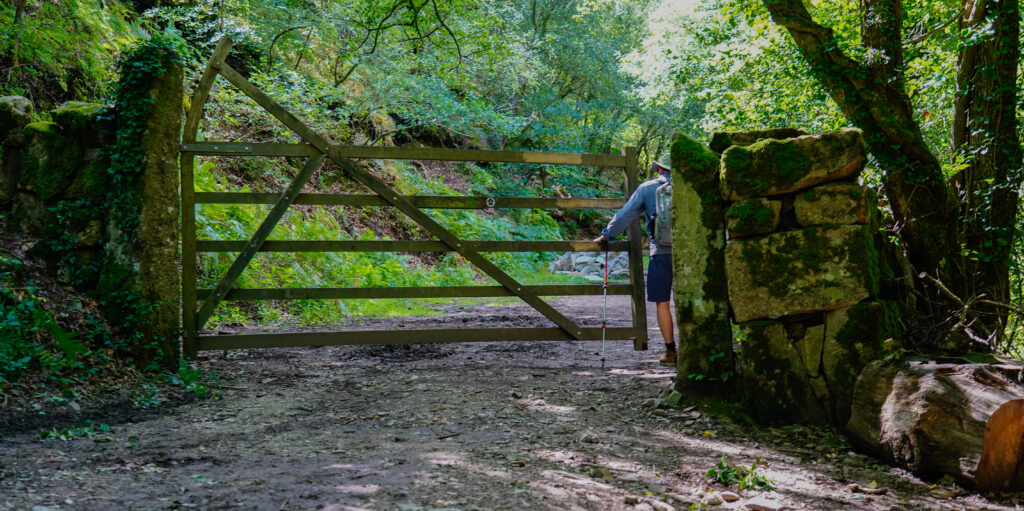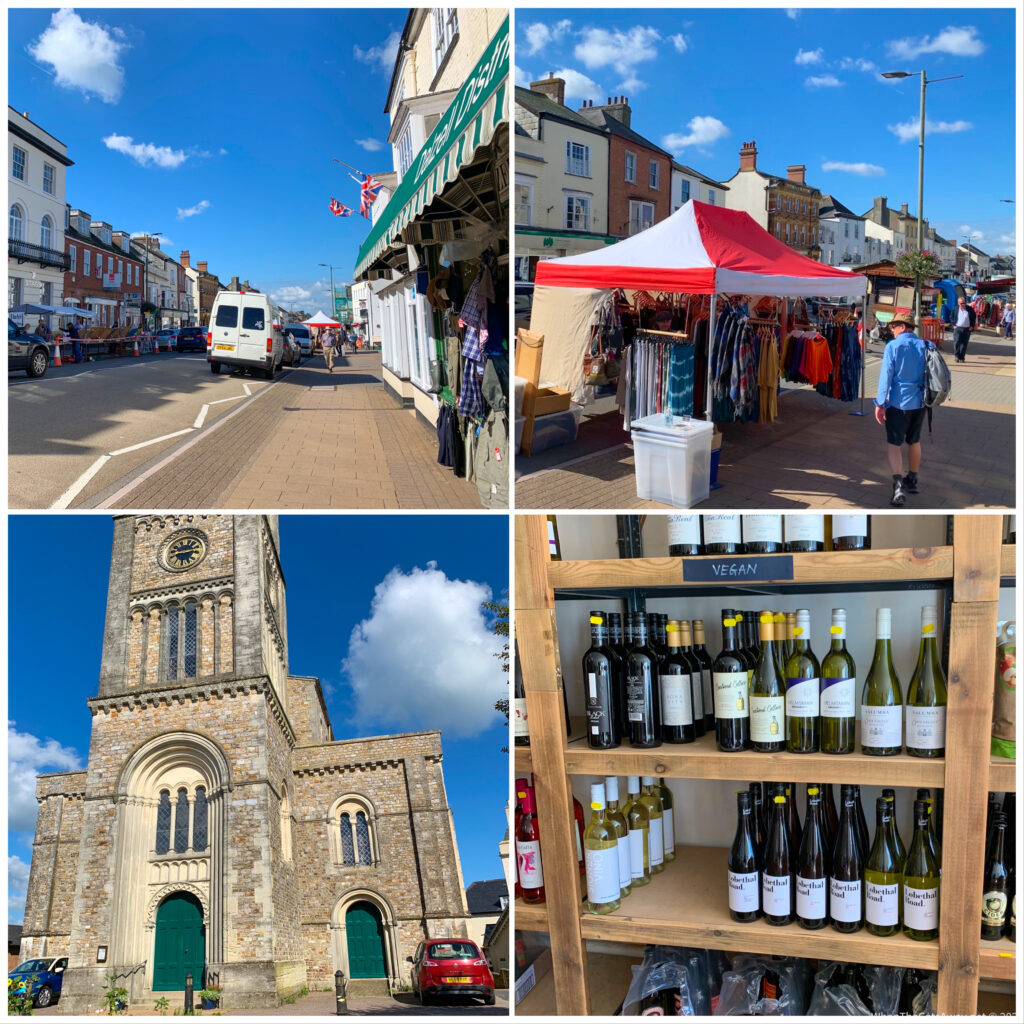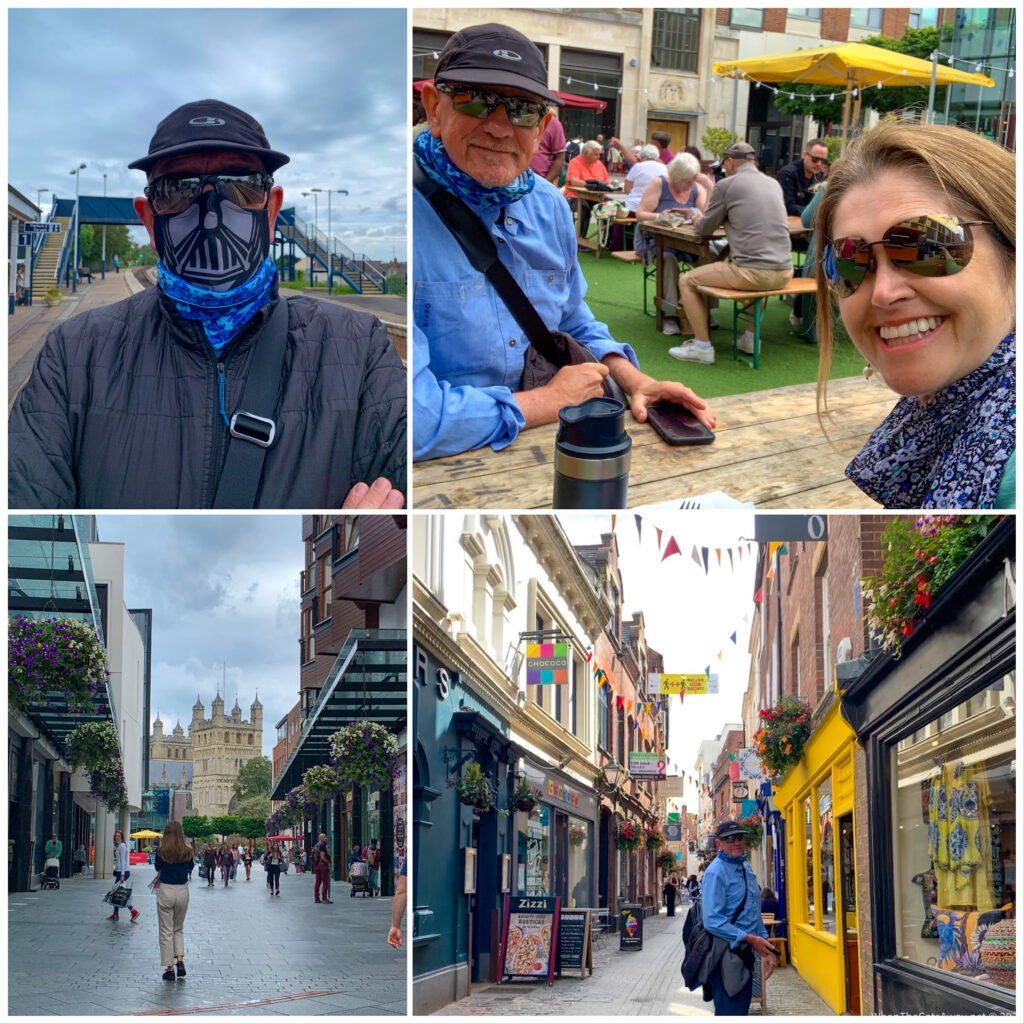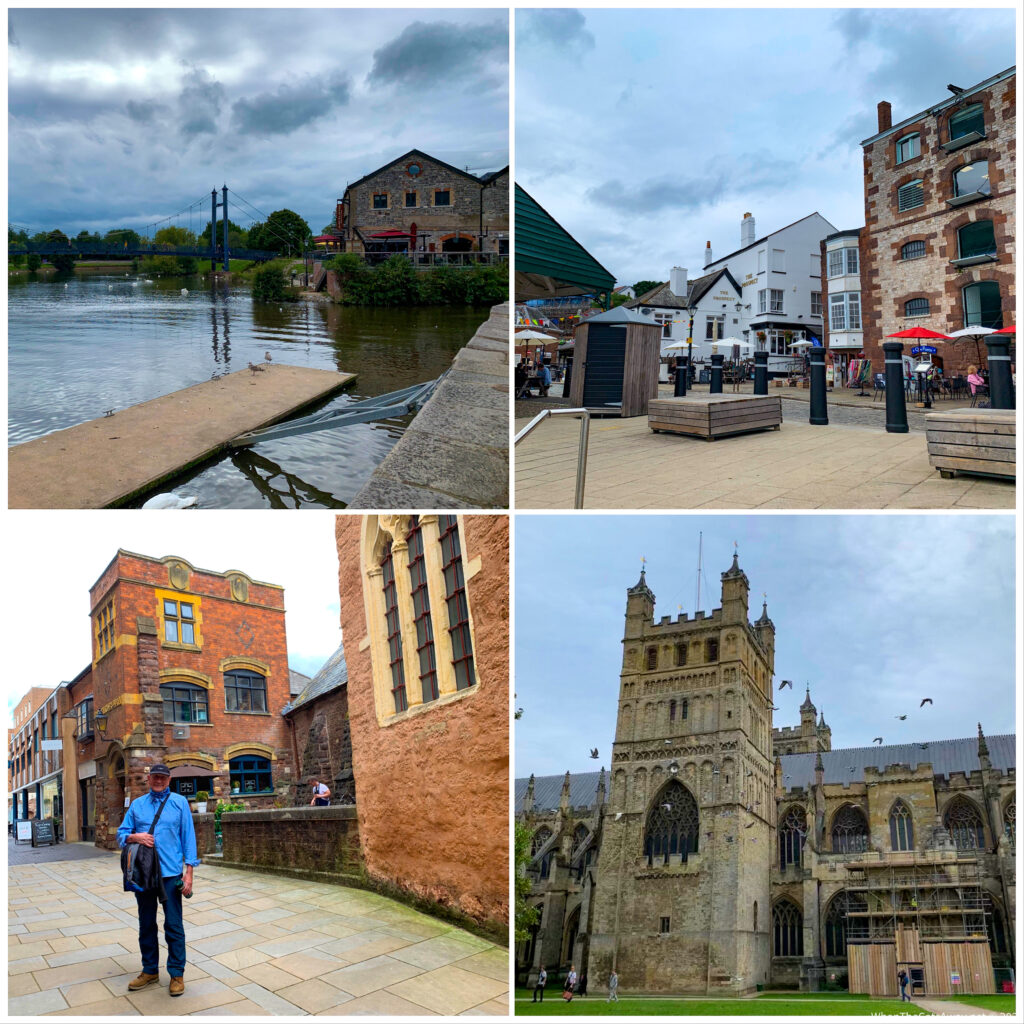Author: Mrs A
Location: Little Gaddesden, Hertfordshire, Hastings, East Sussex and London.
After a lovely morning out with Hayley and the boys, we said goodbye to them and drove a short way south to my cousin’s house in the village of Little Gaddesden. It’s getting to the point now that we are constantly saying goodbye, not knowing whether we will be stopped from seeing family because of Australia’s restrictions on people leaving the country, or by local lockdowns. It is heart wrenching either way.
A lovely relaxed evening with Karen and Iain ensued, a delicious Sunday roast and some fine wine consumed. Monday morning dawned bright and sunny, so Karen, Mark and I set off on a walk (map of our route).

Little Gaddesden is surrounded by the beautiful countryside of the Chiltern Hills Area of Outstanding Natural Beauty (AONB), most notably the Ashridge Estate, the location of Ashridge House, a magnificent mansion built in the 1800s on the site of an old priory built in the 1300s.
We followed a Roman road (known locally as ‘spooky lane’ with several reports of ghosts and witchcraft links) which was sunk by the third Earl of Bridgewater some time in the 1600s to allow his wife to travel in a carriage down the road hidden from the peasants. The green brick walls covered by winding tree roots and ivy certainly looked mysterious.

Footpaths wind their way through the countryside in every direction, the vibrant colours of autumn catching our eyes. We walked across fields and down lanes, our ramble finding it’s half way point conveniently at a gastro pub in the lovely old village of Frithsden.


After a delicious lunch, we looped back around via a restored ancient woodland and the Ashridge Estate, spotting a couple of shy does in the bushes near Karen’s house. They were members of a large herd of fallow deer living wild around here, descendants of deer originally introduced during the 13th century for hunting and venison.




Tuesday morning saw us once again saying our farewells as we pointed Truffy’s nose further south to East Sussex to spend some time with my mum.
We had a relaxing few days there, making the most of a sunny afternoon for a stroll around St Leonards.
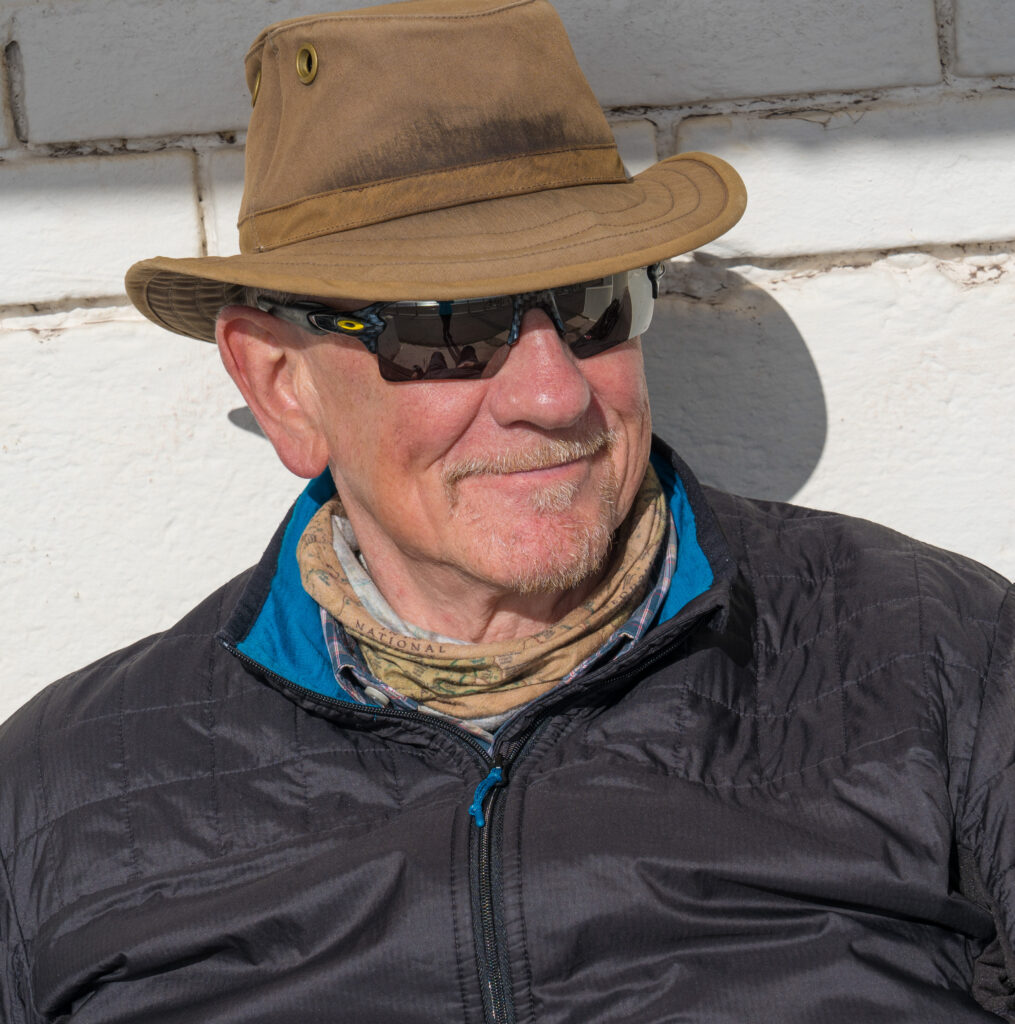






On Friday morning Mark and I caught a train up to London. Mark went off to have a look around the outdoor shops while I caught a tube across to Hammersmith to have some more injections in my neck, always a joy!
London was eerily quiet, being in Tier 2 of the alert levels (high), many people were staying away from the public transport and working from home.
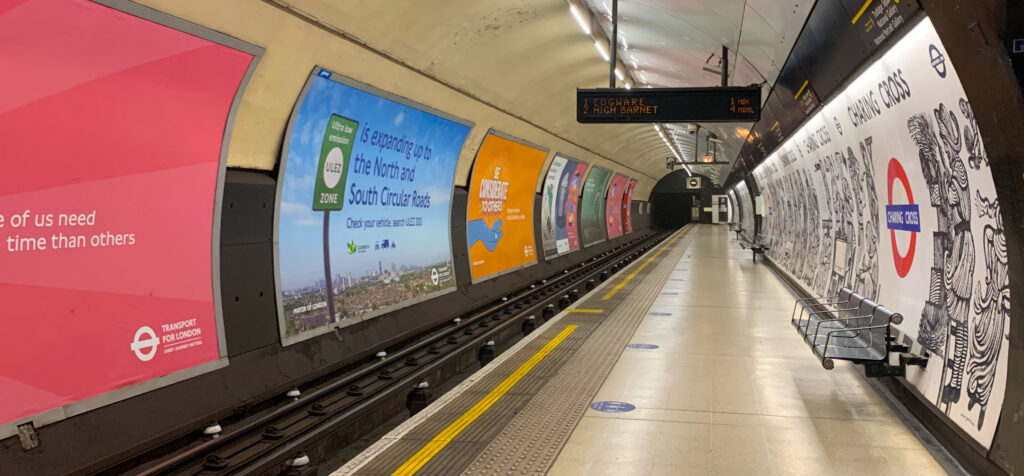
Charing Cross Hospital (not anywhere near Charing Cross Station, interestingly enough!) also had few people around as I found my way to the ENT outpatient clinic, had my temperature checked (35.8°C) and waited for the team to be ready to see me. The procedure went as planned, with some great news – there is no sign at all of any scarring in my trachea – I am 100% open! That’s the first time that has happened since 2016.



It was hard to celebrate however, as my vocal cord was temporarily frozen by the local anaesthetic and I had no voice, but I made my way back across London to reunite with Mark and head back to Hastings.
Fish and chips from the local chippy concluded our time in Hastings, and after lunch the next day (voice back working, to Mark’s chagrin!), we farewelled mum for a few days and travelled a short way across country to Brighton… It is the start of an exciting week – my sister’s getting married (Covid-19 style!).






